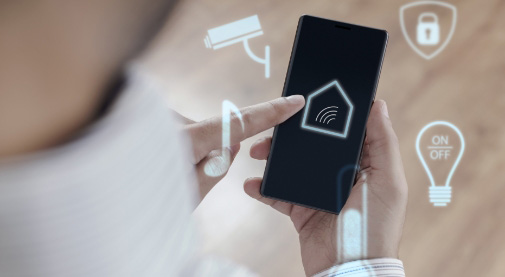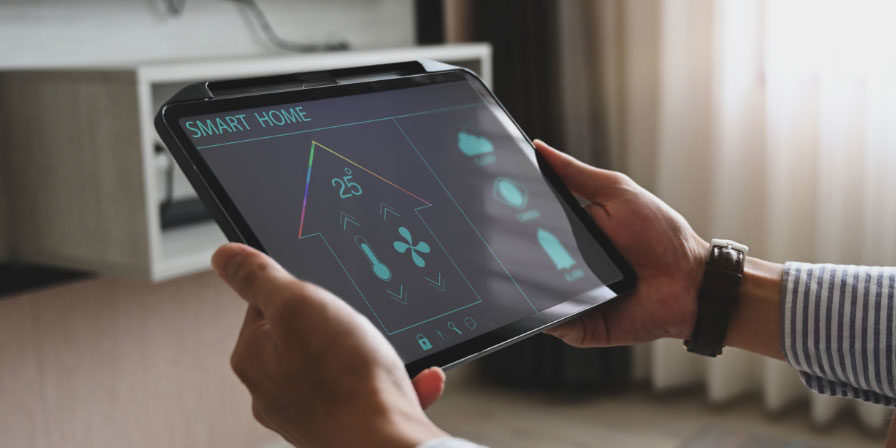There is no doubt that the Internet of Things became mainstream in a short period. According to Statista, the number of connected devices is expected to exceed 60 billion by 2024. This exponential development will allow several advanced business use cases and open up vital new opportunities for businesses.
Today users need connectivity, gadgets, and services to work without the trouble of thinking about buying or programming them on their own.
And in this summary, a company that produces the most desirable converged services package gives the most significant advantage and will win the customer.
For years now, businesses are known for this. Companies have attempted to own more of the customer in this digital age through converged communications and vital services. Though, the success has been defined, characterized by the challenges of legacy architectures and conventional business models.
Correspondence to this, there are industry trailblazers and disruptor companies who gather into the race. The advent of the smart home and the wish for improved convenience has built an innovative new market.
The Internet of Things (IoT) and the inserted SIM (eSIM) together are building a fascinating new aspect of the connected world. The Laptops, smartphones, health wristbands, stations, security sensors, devices, utilities, and more converge into an easy-to-control, completely interconnected atmosphere everywhere around us.

The accessibility of eSIM has drastically accelerated with the advent of the IoT. This further promotes the commoditization of connectivity services and assists companies build productive markets, depending on their strength, to cover the new.
The opportunity to join the business today has excellent advantages: sizable current customer bases, high levels of trust, and use of the system infrastructure. These powers are essential to growing the single, selected digital provider to the smart home.
A company’s core businesses must be crucial to generate cash; there is a requirement to develop an entire industry before the window of opportunity shuts. This will need a pivot to distinct platform business rules and organic structures.
There is a vital requirement to embrace the potential of hyper-personalization and hyperconnectivity that will produce new income streams for companies.
What does the connected homeworld look like?
In the connected home plethora, a company should be converged principally on eight various product ranges, each of them having its potential for enhancing underwriting accuracy and growing customer connections:
-
Security:
The market is rising with more complex and robust alarm systems that identify interruptions and call contact centers or law enforcement executives. They can also trigger images or video footage; these images can be seen remotely by clients on their smartphones, enabling them to decide whether there is a genuine reason for notification and improve the possibility of concern.
-
Water:
Smart alarms can talk to homeowners affecting water leaks from tanks or appliances. This way, customers can block out the water supply if needed, manually via a mobile app. An essential blessing from IoT application development services.
-
Energy Management:
The governing systems in an individual’s residence reduce utilities’ all peak load conditions and help customers control their energy costs by automatically handling requirements to benefit from peak-load costing.
-
IoT Thermostats:
With intelligent and effective thermostats, they have now gone beyond mere programming and easy buttons. They can track residents’ activities and systems and check temperatures in reply to that.
-
Lighting:
To manage customer’s home and travel programs, the lighting can also be controlled through apps outside the home.
-
Devices:
There are smart refrigerators that can warn homeowners about power interruptions. Contrarily, washers and dryers can begin or end automatically and send notifications if any errors arise.
-
Weather:
Now track temperature, wind speed, humidity, and fluctuation in and around the home using the state-of-the-art sensors.
-
Smoke and Fire:
The modern detectors can recognize steam from smoke and provide the capability to block out stoves and other devices that may be creating difficulty.
So, What next?
Businesses considering a transit into the connected home market will require to view various planes together. Companies need to describe how customers currently communicate with their products and services and track how innovators in the connected home market improve the customer experience. This will help them analyze the regulatory relationships of collecting and using huge data sources from new originators.
-
-
Associate
Companies will require the first ecosystem of associates to assist them in delivering the preferred approach. The overall security of devices is vital, so the network of incentives performs the business work.
-
Polish and Reach
With new pilots and projects being produced, companies can increase pilot models into new projects and continue including new technologies as they move ahead.
-
Authorize
Be it in connection with others or utilizing home-grown addition labs, companies should always study with ideas and technologies. This can add analytics and modeling along with the original in-home devices themselves. This will assist them in testing the value position of the preferred method.
-
Wrapping up
The term connected home describes a vast opportunity for companies willing to give IoT-based services. Companies must spend carefully on concepts and partnerships to provide real value for customers while offering real potential gains for themselves to change that unlimited opportunity into successful development.
Now customers need modern IoT solutions for their homes, and the market will not die down any time soon. Do you have a concept or product that could market?



